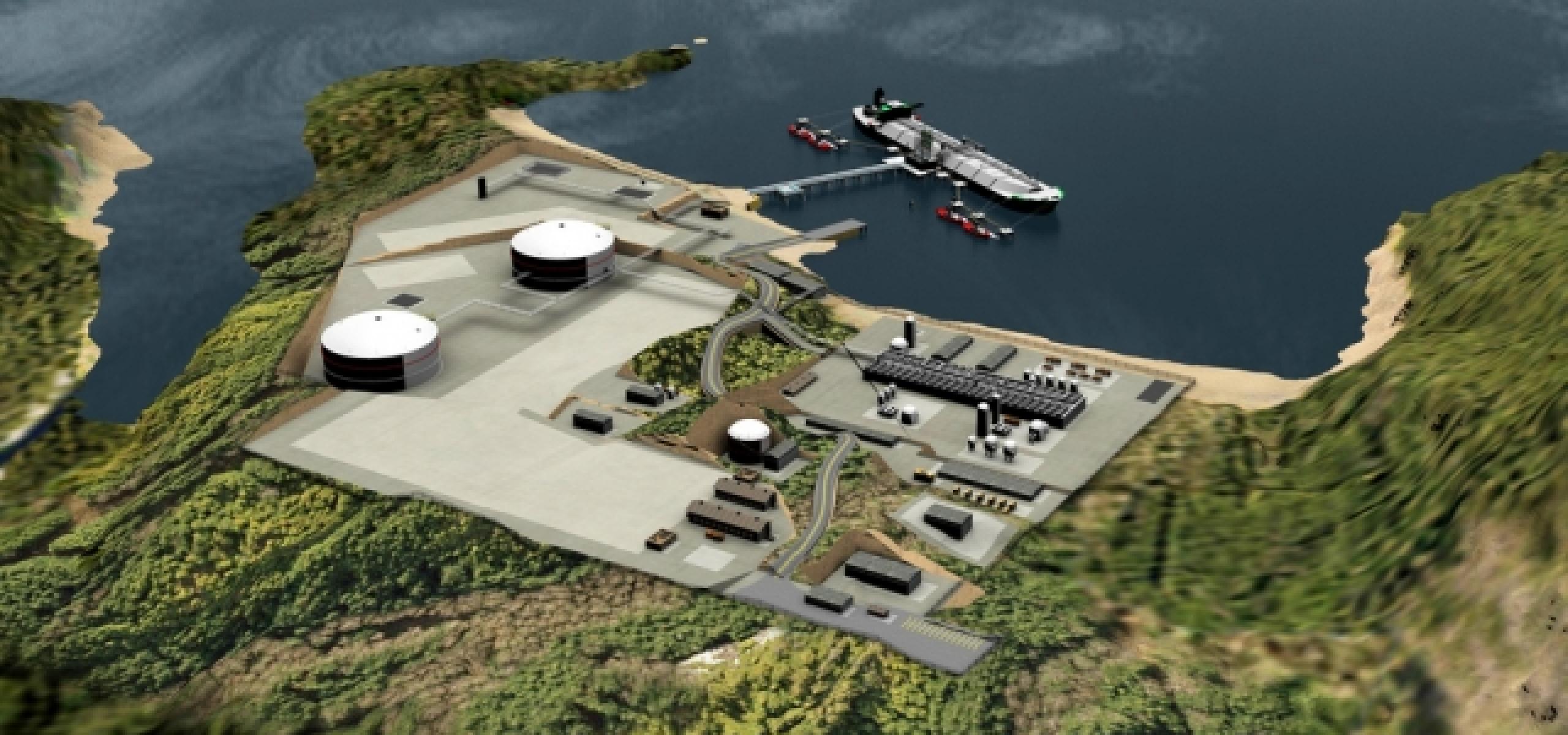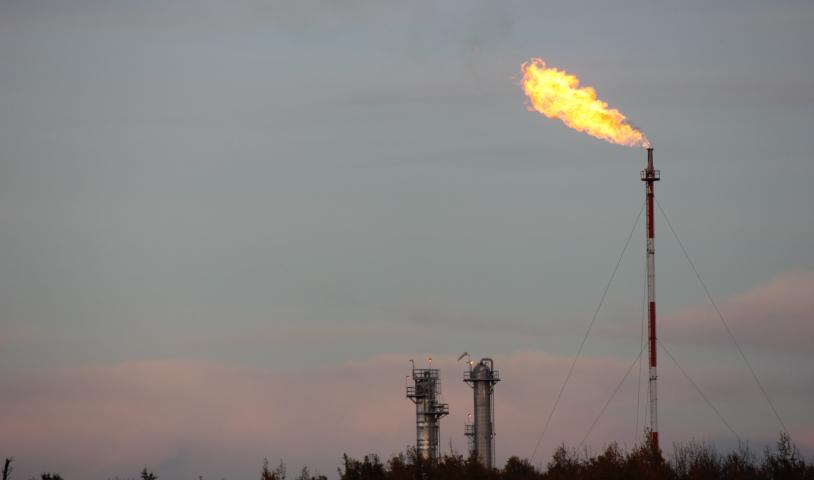Vancouver Sun article argues new mines will cost millions
Tuesday, October 25, 2011
An article released by the Vancouver Sun Monday claims B.C. Hydro will lose millions by supplying power to new mines and liquefied Natural Gas Plants.
The government’s job strategy, which calls for the development of new mines and LNG facilities, takes into account the large amount of energy required to power these mines and facilities, as well as the results it will have on B.C. Hydro customers.
Commentators are questioning whether B.C. Hydro will be able to supply such new and large requirements of electricity. Some worry this will not be able to be achieved, because of capital spending and other constraints which were recommended in the government's recent review of the of B.C. Hydro’s rapidly rising costs and rates.
To put the amount of energy needed into perspective, the first phase of the proposed Kitimat LNG plant will consume approximately 1.5 megawatt hours of electricity per year. This amount is roughly one-third of the entire output form the proposed Site C Dam.
However, the real issue author Marvin Shaffer points out, is not if B.C. hydro can supply this power, but whether, or under what circumstances, it should.
According to the article, a decision to supply this power will be "very bad" for B.C. Hydro and all of its customers if it does supply the electricity at its standard industrial rate. At the current rate, which averages less than $40 per megawatt hour, the amount Hydro would receive would be less than half the costs it would incur for the new sources of supply it would be required to obtain.
It adds, with the power needed for phase one of the Kitimat LNG facility, B.C. Hydro would lose approximately $90 million per year, and possibly more. In supplying each major new metal mine, Hydro would lose an additional $40 to $50 million annually.
Shaffer argues B.C. Hydro could potentially lose hundreds of millions of dollars if it were to supply all of the electric-intensive projects within the new job strategy. Such losses would have to be recovered from existing costumers with much higher rates.
B.C. Hydro's standard rates are designed to recover the average cost of its existing supply, which are quite low due to the low-cost hydro power developed years ago. The problem is that such historic average costs are much less than the costs of new supply, something economists call a "classic market failure." Such standard rates are essentially offering cheap power despite the fact Hydro lacks cheap power for sale.
The previously developed power is currently fully committed and the new requirements will need a new supply, which is expensive.
The article reads that Hydro will require the development of policies which will make future mines and LNG plants assume full responsibility of the costs of the new sources of electricity their projects require.
He says one way to reach this goal would be to direct B.C. Hydro to charge new industrial customers rates which would reflect the costs of the new supply.
An alternate solution would be for such industrial customers to find or develop their own electrical supply, something the article reads, that is done by many other LNG plants world wide.
Photo: A rendering of a proposed Kitimat LNG facility




